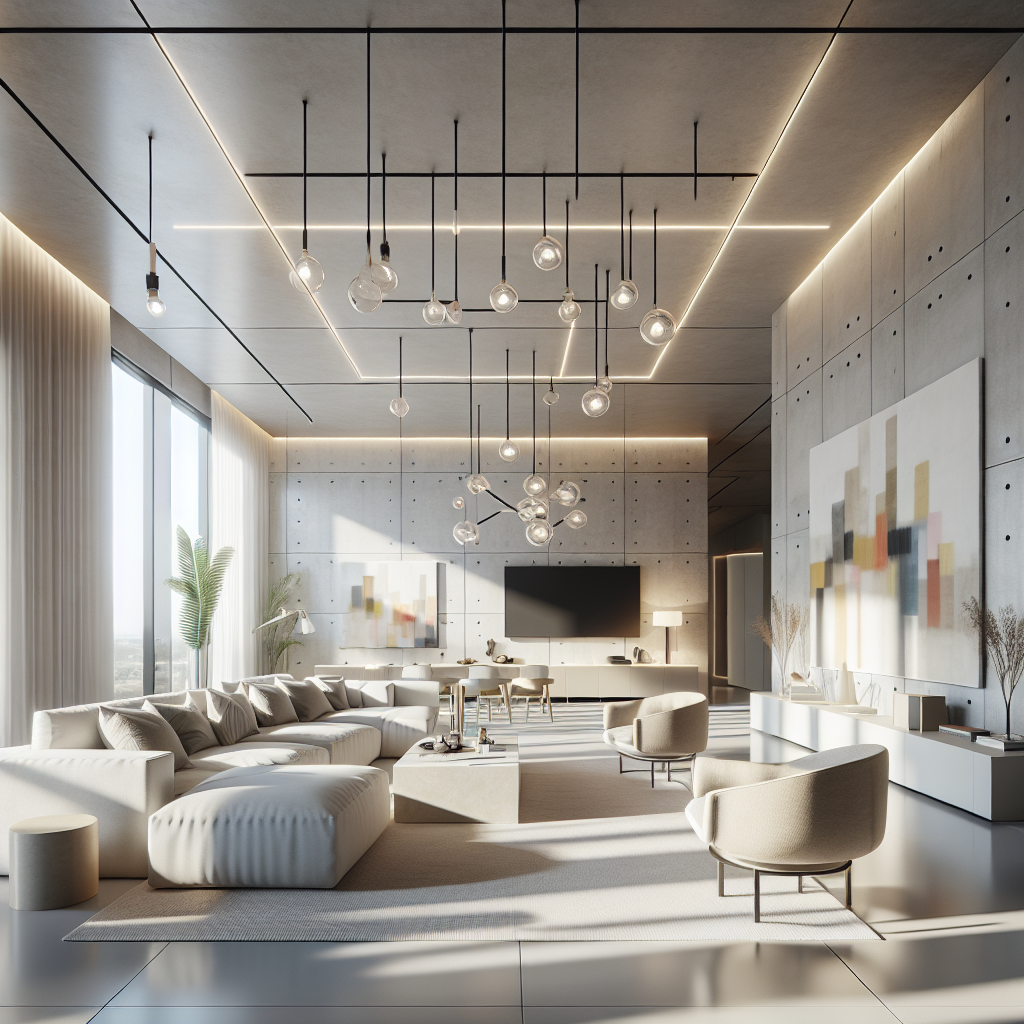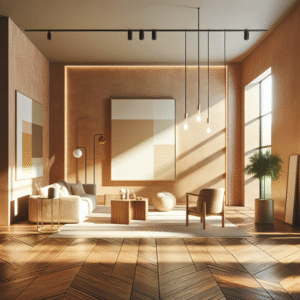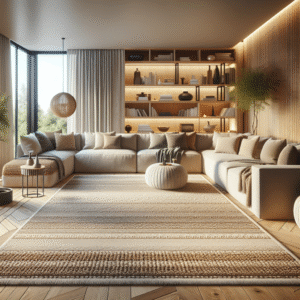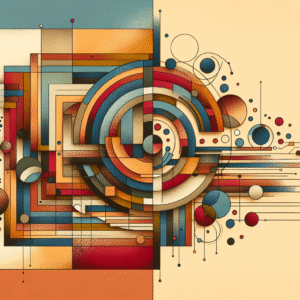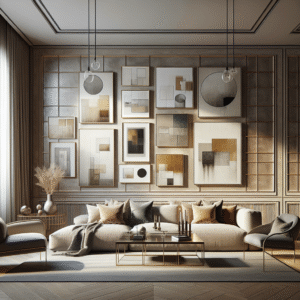Are you feeling that your room lacks character? Does your space feel flat and uninspiring? If so, you’re not alone. Many homeowners struggle with creating a visually engaging environment that truly reflects their style. The solution lies in contemporary accent walls with texture! In this article, we will guide you through various texture techniques, materials, and styles to transform your living space into a stylish haven. By the end of this article, you’ll have practical insights and ideas you can implement right away.
Here’s what you can expect to learn: the benefits of textured accent walls, popular materials, installation techniques, and maintenance tips. Additionally, we’ll highlight current trends and answer some common questions around this exciting home decor choice.
The Benefits of Textured Accent Walls
Textured accent walls have risen in popularity due to their unique aesthetic and practical benefits. Here are some key advantages:
- Visual Interest: Texture adds depth and dimension to flat walls.
- Focus Point: An accent wall can serve as a dramatic focal point in a room.
- Versatility: Various materials and techniques can match any decor style.
- Sound Absorption: Textured walls can help reduce echo and noise levels.
Popular Materials for Textured Accent Walls
1. Wood Paneling
Wood paneling adds warmth and organic beauty to any space. Whether you opt for reclaimed wood or modern finishes, wood creates a timeless look.
2. Stone and Brick
Natural stone or faux brick gives your wall an earthy, rustic feel. These materials offer various colors and textures to fit your design vision.
3. Fabric and Upholstery
Textile wall coverings can introduce softness and comfort, ideal for bedrooms or reading nooks.
4. Paint Techniques
Creative paint techniques such as sponge painting or stenciling can provide texture without the need for additional materials.
Installation Techniques for Textured Walls
Installing a textured accent wall can vary based on the material used. Here are some key installation methods:
Wood Paneling Installation
Measure your wall, cut the panels to size, and attach them using nails or adhesive. Always ensure your panels are aligned properly.
Brick and Stone Veneer
These materials typically require a solid backing and mortar. Consider hiring a professional for a flawless finish.
Fabric Hangings
Using adhesive or mounting boards, fabric can be easily applied and even changed over time to refresh your design.
Current Trends in Textured Accent Walls
Staying updated on trends can inspire your design choices. Here are some contemporary trends to consider:
Geometric Patterns
Geometric shapes provide modern visual appeal, ideal for minimalist themes.
Biophilic Designs
Incorporating natural materials and colors for a calming and restorative environment is gaining traction.
Metallic Finishes
For a touch of elegance, consider metallic paints or finishes that catch light and add glamour.
Maintenance Tips for Your Textured Accent Wall
Maintaining your textured accent wall is crucial to prolong its life and appearance. Here are some tips:
Cleaning
Regular dusting and gentle cleaning with appropriate materials ensure the wall looks fresh and inviting.
Repairs
Address any damages promptly. For fabrics, consider patching; for wood, sanding and refinishing can restore it.
Conclusion: Transform Your Space with Texture
Incorporating contemporary accent walls with texture is a transformative way to enhance your space. You’re not just adding visual appeal but also character. From the materials you choose to the styles you adopt, remember that texture can turn a mundane wall into a statement piece.
For further inspiration, explore related weekend DIY projects or consult with a professional designer to elevate your home decor. Ready to create your textured accent wall? Start planning your project today!
FAQs
What is a textured accent wall?
A textured accent wall features materials or techniques that create depth and interest, differentiating it from standard flat walls.
How do I choose the right material for my textured wall?
Consider your room’s overall decor, maintenance requirements, and budget. Popular choices include wood, stone, and fabric.
Can I install a textured wall myself?
Many textured walls can be installed as DIY projects, particularly those using paint or fabric. However, complex materials may require professionals.
How can I incorporate texture without making my space feel cluttered?
Choose one accent wall and keep surrounding decor minimal to allow the texture to stand out without overwhelming the space.
Are textured walls still in style?
Yes, textured walls remain a popular design element, adding warmth and interest to contemporary interiors.
Content Disclaimer
The information provided in this article is for educational purposes only and should not be seen as professional advice. For specific projects, consult with qualified professionals.
Categories
- Accent Walls & Ceilings (38)
- Art Curation & Gallery (52)
- Bedding Style Trends (48)
- Bedroom Makeover (56)
- Bohemian & Eclectic Styles (38)
- DIY & Budget-Friendly Decor (39)
- Eco-Friendly Design (37)
- Furniture Care (58)
- Home Decor & Design Ideas (128)
- Home Wellness Spaces (37)
- Integrated Outdoor Living (36)
- Kids and Nursery Decor (39)
- Living Room Decor (57)
- Minimalist & Japandi Style (39)
- Mix & Match Techniques (55)
- Modern & Contemporary Design (37)
- Rug Sizing & Placement (56)
- Seasonal Home Decor (60)
- Small Space Solutions (42)
- Wall Art & Painting Tips (59)
Recent Comments
Archives
Product Gallery
-
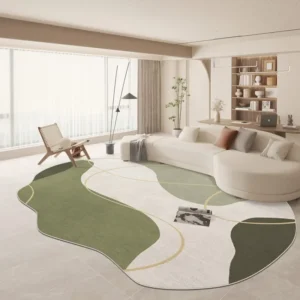 Large Area Green Rugs for Bedroom Nordic Living Room Decoration Shaped Carpet Irregular Plush Lounge Rug Home Thick Washable Mat
Rated 5.00 out of 5$52.27 – $329.62Price range: $52.27 through $329.62
Large Area Green Rugs for Bedroom Nordic Living Room Decoration Shaped Carpet Irregular Plush Lounge Rug Home Thick Washable Mat
Rated 5.00 out of 5$52.27 – $329.62Price range: $52.27 through $329.62 -
 Nordic Style Rugs for Bedroom Morandi Living Room Decoration Carpet Large Area Geometry Lounge Rug Home Cloakroom Non-slip Mat
Rated 5.00 out of 5$37.55 – $568.70Price range: $37.55 through $568.70
Nordic Style Rugs for Bedroom Morandi Living Room Decoration Carpet Large Area Geometry Lounge Rug Home Cloakroom Non-slip Mat
Rated 5.00 out of 5$37.55 – $568.70Price range: $37.55 through $568.70 -
 Irregular Shapes Living Room Decoration Carpet Modern Style Rugs for Bedroom Home Thicken Plush Rug Fluffy Soft Lounge Floor Mat
Rated 4.75 out of 5$53.13 – $330.53Price range: $53.13 through $330.53
Irregular Shapes Living Room Decoration Carpet Modern Style Rugs for Bedroom Home Thicken Plush Rug Fluffy Soft Lounge Floor Mat
Rated 4.75 out of 5$53.13 – $330.53Price range: $53.13 through $330.53

